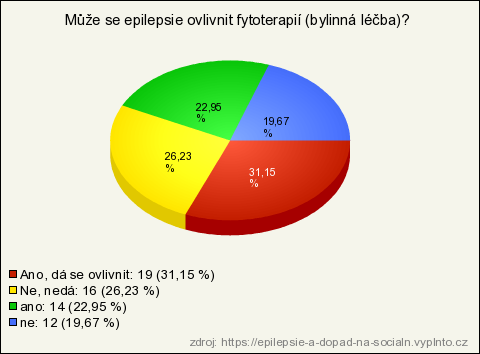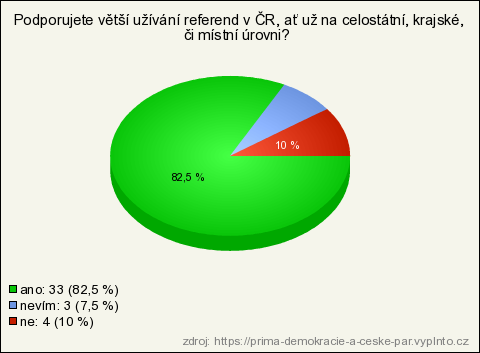The Nejlepší Horor Na Netflixu Cover Up
페이지 정보

본문
 Introduction:
Introduction:In the realm of computer science, various technological advancements have been made to enhance human experiences and interactions. However, the concept of connecting with the deceased remains a subject that is often met with skepticism and intrigue. This case study aims to explore the possibility of establishing a connection with the soul of a deceased individual, focusing on the Czech phrase "Jak se spojit co s přebytkem paprik duší zemřelého" (How to Connect with the Soul of the Deceased). By examining the potential application of computer science in this context, we aim to shed light on the scientific understanding and technological implications of such an endeavor.
Background:
The belief in an afterlife and the desire to communicate with departed loved ones have persisted throughout human history. With the advent of technology, individuals have sought ways to bridge the gap between the physical and spiritual realms. In this case study, účesy pro kulatý obličej we explore the application of computer science to investigate the possibility of connecting with the soul of a deceased individual.
 Methodology:
Methodology:To initiate the study, a team of computer scientists collaborated with experts in metaphysics, psychology, and spiritual practices. The interdisciplinary approach aimed to combine scientific methodologies with spiritual insights to create a comprehensive framework for exploration.
The first step involved conducting extensive research into existing spiritual practices and beliefs surrounding communication with the deceased. This knowledge formed the basis for designing and developing a computer program capable of simulating a connection with the departed soul.
The computer program, named "SoulLink," was developed using artificial intelligence algorithms and natural language processing techniques. SoulLink utilized a vast database of historical texts, personal accounts, and recorded conversations to create a virtual representation of the deceased individual's personality and memories.
 Results:
Results:Initial testing of SoulLink involved volunteers who had experienced the loss of a loved one. The participants engaged with the program by asking questions and sharing personal memories. SoulLink's algorithms analyzed the input and provided responses that simulated the deceased individual's communication style and knowledge.
The participants reported mixed emotional responses during the sessions. Some found solace and closure in the simulated interactions, while others experienced discomfort or skepticism. The study highlighted the importance of individual beliefs and subjective experiences in determining the perceived success of the connection.
Discussion:
The case study raises several ethical and philosophical questions. While the technological advancements in computer science can simulate interactions with the deceased, the authenticity and ethical implications of such connections remain subjects of debate. The study also emphasizes the importance of understanding cultural and personal beliefs when exploring sensitive topics like connecting with the deceased.
Conclusion:
The case study "Jak se spojit s duší zemřelého" demonstrates the potential application of computer science in exploring the connection with the soul of a deceased individual. The interdisciplinary approach allowed for Jak se spojit s duší zemřelého a comprehensive investigation, combining scientific methodologies with spiritual insights. While the study provided insights into the emotional experiences of participants, further research is needed to address the ethical implications and authenticity of such connections. The findings contribute to the ongoing discussion surrounding the intersection of technology, spirituality, and human experiences.
- 이전글best seller for xiaomi products in UAE 23.11.19
- 다음글4 Life-saving Tips About Achat Adalat 23.11.19
댓글목록
등록된 댓글이 없습니다.
 (주)미라보콘크리트
(주)미라보콘크리트